Many African currencies have over the years suffered from weak value in the global exchange market due to dynamics in the economies of the countries. According to an International Monetary Fund (IMF) report in May 2023, many African countries have weak currencies due to heavy dependence on imports and less domestic production.
However, there are countries in the continent whose currencies still have strong values when compared to the United States Dollar (USD) which remains the global benchmark when ranking currencies. Exchange rates change over time. This is caused by a mix of economic and political factors in a country. The value of a country’s currency can be used to determine the level of productivity in the economy and activities in international trade.
Join our WhatsApp ChannelHere we present the top 15 countries with the strongest currency exchange rates as of August 10, 2023. This is in line with data gotten from Trading Economics, a platform that publishes data on foreign exchange, stock market, Bonds, commodities, crypto, and other economic indicators for 196 countries on a daily basis.
1. Tunisian Dinar – 1 USD = TND 3.06
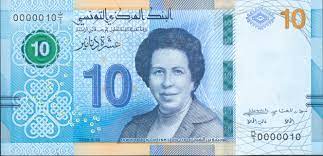
Tunisian Dinar, which is the national currency of Tunisia, has for years now remained the strongest and most valuable currency in Africa. It was introduced in 1960, having been established as a unit of account in 1958, to replace the Tunisian Franc that had been in place prior to the country’s independence from France.
It is said that Tunisia’s historically low inflation rate has contributed to the rise of the TND over the years to the top of the African currency rankings.
Tunisia’s economic growth has historically, depended on oil, phosphates, agri-food products, car parts manufacturing, and tourism.
According to the African Economic Outlook 2023 published by the African Development Bank Group, Tunisia’s Inflation rate rose from 5.7 per cent in 2021 to 8.3 per cent in 2022 due to Russia’s invasion of Ukraine, which led to higher oil and food prices.
2. Libyan Dinar (LYD) – 1USD = LYD 4.78
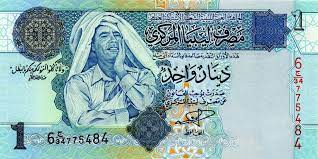
According to data, Libya currently has the second strongest currency in the continent after Tunisia with the exchange rate standing at 4.78 Libyan Dinar to 1 USD. It was introduced in September 1971 and replaced the pound when Muammar Gaddafi deposed King Idris in a coup
3. Moroccan Dirham (MAD) – 1USD = MAD 9.77
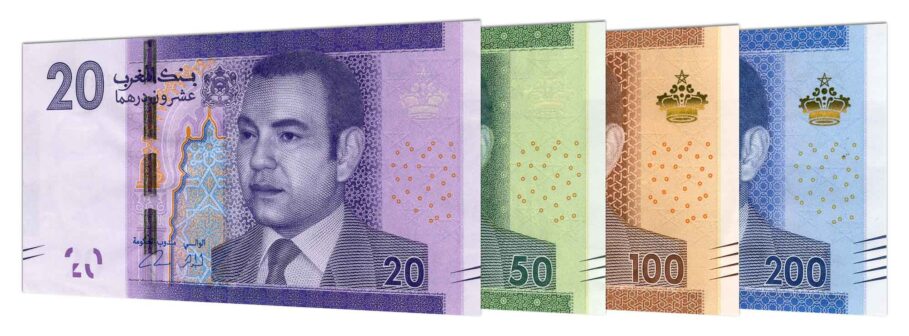
The Moroccan dirham which is the official currency of Morocco, is the 3rd highest currency in Africa, with the current exchange rate pegged at 9.77 MAD to 1 USD. The North African country bordering the Atlantic Ocean and Mediterranean Sea, operates a mixed economy. The major resources of the Moroccan economy are agriculture, tourism, manufacturing, and mining (phosphate minerals). Its currency exchange rate has seen about 150 per cent increase between 1980 and 2023.
4. Ghanaian Cedi (GHS) – 1USD = GHS 11.00
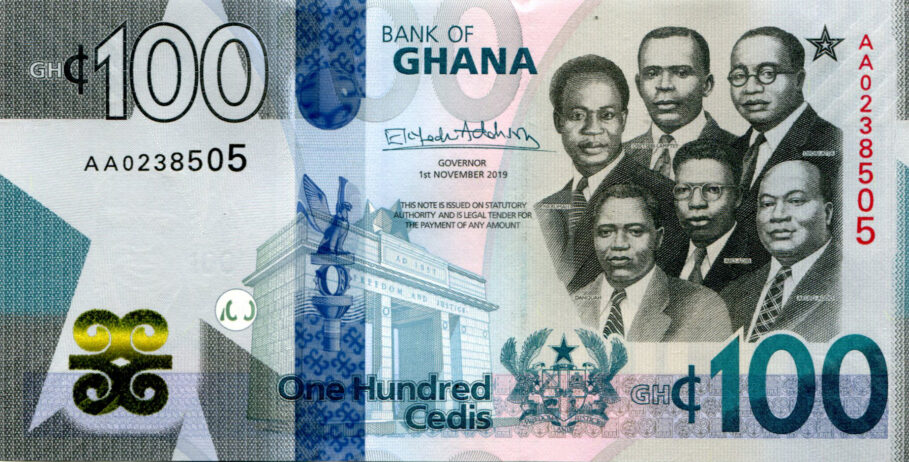
Currently exchanging at 11 GHS to 1 USD, the Ghana Cedi is considered the most valuable currency in West Africa and sub-Saharan Africa and the 4th highest currency in Africa. Ghana is one of the highest GDP per capita in West Africa, producing and exporting oil, solid minerals like Gold, diamond, manganese or manganese ore, bauxite, and agricultural products like cocoa.
READ ALSO: Top 10 African Countries With The Lowest Foreign Exchange Reserves
5. Seychellois Rupee (SCR) – 1USD = SCR13.29
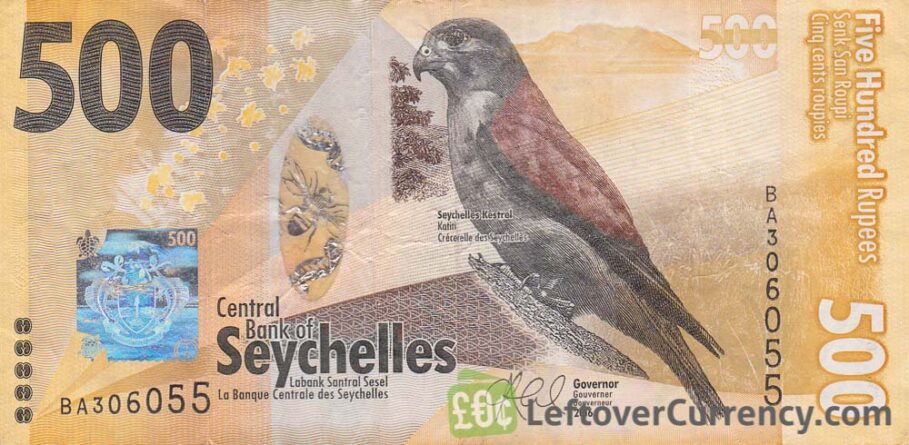
The Seychellois rupee (SCR) is the 5th highest currency in Africa, exchanging at 13.29 SCR to 1 USD. The economy of Seychelles is based on fishing, tourism, processing of coconuts and vanilla, coir rope, boat building, printing, furniture, and beverages.
According to a World Bank report, Seychelles has the highest Gross Domestic Product (GDP) per capita in Africa, at $12.3 billion in (2020).
6. Botswana Pula (BWP) – 1USD = BWP13.46
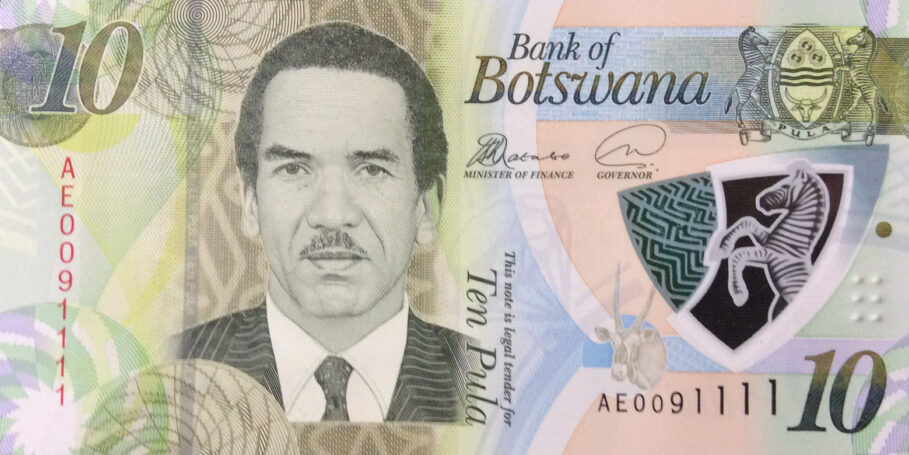
The Botswana pula (BWP) is the 6th highest currency in Africa and the strongest in Southern Africa. The pula was introduced on 23 August 1976, 11 years after the country’s independence from Britain.
7. Eritrean Nakfa (ERN) – 1USD = ERN 15.00
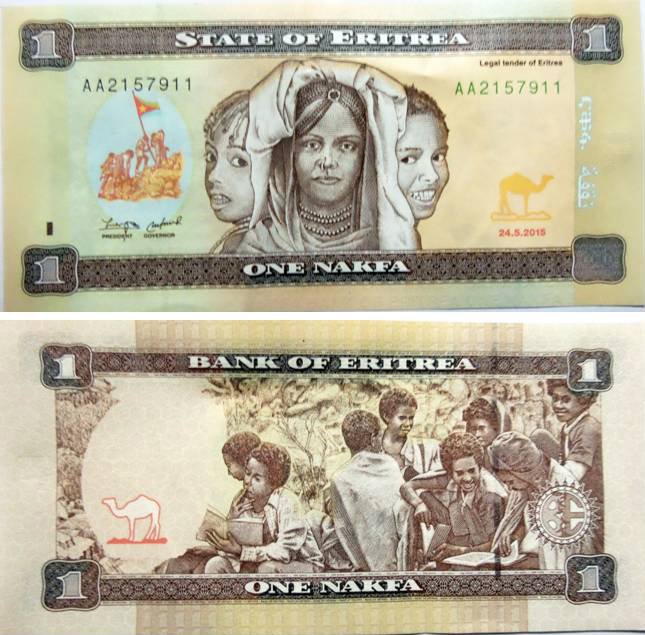
The Eritrean Nakfa is the currency of Eritrea introduced on 15 November 1998 to replace the Ethiopian birr at par. The currency took its name from the Eritrean town of Nakfa, the site of the first major victory of the Eritrean War of Independence.
By exchange rate value, the currency of the northeast African nation ranks 7th. It is said that the Nakfa has experienced stability throughout the years as a result of the Eritrean government’s preference for a fixed exchange rate against floating the currency.
The 2023 African Economic Outlook on Eritrea published by the African Development Bank disclosed that Real GDP growth slowed to an estimated 2.3 per cent in 2022 from 2.5 per cent in 2021 due partly to the impact of Russia’s invasion of Ukraine on energy, fertilizer, and food prices. The report further stated that Russia and Ukraine account for nearly 100 per cent of Eritrea’s wheat imports, and oil constitutes 71 per cent of the country’s energy consumption.
READ ALSO: Top 10 African Countries With Lowest Value Currency Exchange In 2023
8. South African rand (ZAR) – 1USD = ZAR 18.76
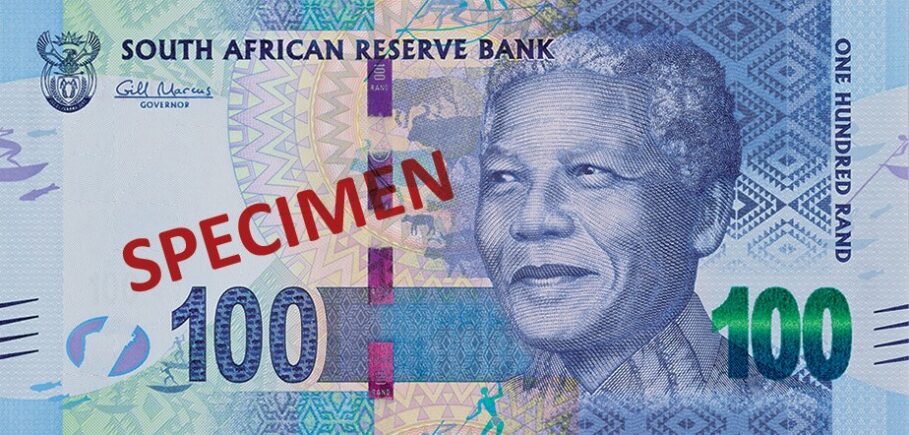
The South African Rand is the 8th highest currency in Africa. It is the official currency of the Southern African Common Monetary Area – South Africa, Namibia, Lesotho, and Eswatini.
The economy of South Africa is the second largest in Africa and the most industrialized, technologically advanced, and diversified economy in Africa.
The southern African nation’s economy rebounded after the end of Apartheid which led to the imposition of economic sanctions.
According to the African Economic Outlook published by AFDB, South African Rand depreciated from 15.3 per US dollar in January 2022 to 17.3 in December 2022. The report indicated that the Real GDP growth dropped to 2.0 per cent in 2022 from 4.9 per cent in 2021, mainly on account of persistent electricity shortages, flooding in KwaZulu Natal, and constraints in the transport sector, coupled with the global downturn following Russia’s invasion of Ukraine. It also reported that inflation rose to 6.9 per cent in 2022 from 4.5 per cent in 2021, driven by higher food and fuel prices. “To curb rising inflation, the Reserve Bank of South Africa raised the base interest rate to 6.25% in September 2022 from 5.5% in July 2022.”
9. Zambian Kwacha (ZMW) – 1USD = 18.95

The Zambian Kwacha (ZMW), issued by the Bank of Zambia as the country’s official legal tender, is the 9th highest currency in Africa.
The Southern African nation is the biggest producer of copper in Africa. The economy of Zambia was one of the fastest-growing economies in Africa, during the first decade of the 21st century, but started dropping in recent years due to declining copper prices, fiscal deficits, and energy shortages.
10. Swazi Lilangeni (SZL) 1USD = SZL18.83
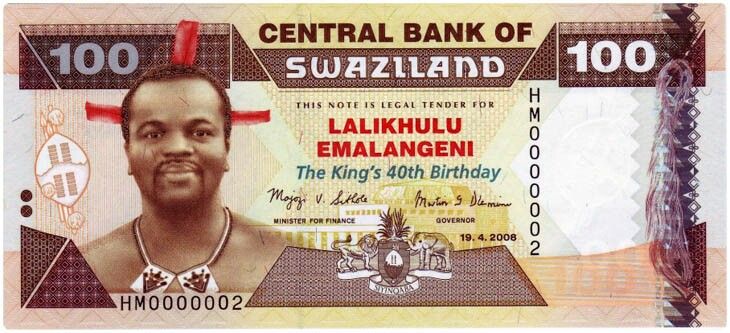
The lilangeni (SZL) is the currency of Eswatini. The currency which was introduced in 1974 is at par with the South African rand. The country is a member of the Common Monetary Area (CMA), with Lesotho, Namibia, and South Africa. Under the CMA, the Eswatini lilangeni is pegged to the South African rand, which is also legal tender in the country.
The country has strong economic ties with South Africa, with over 60 percent of exports going to South Africa and over 80 per cent of imports coming from South Africa. According to World Bank publication of March 2023, the GDP growth slowed to an estimated 0.4 per cent in 2022 from 7.9% in 2021, due to some domestic and external factors.
The economy of Eswatini is mainly based on Agriculture, forestry and mining accounting for about 13 percent of Eswatini’s GDP whereas manufacturing (mainly textiles and sugar-related processing).
11. Namibian Dollar(NAD) – 1USD = NAD18.97
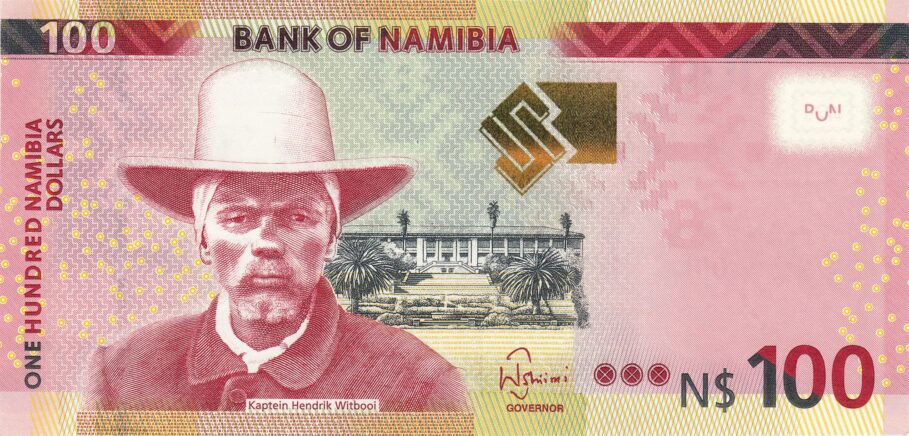
The Namibia dollar (NAD) which currently ranks 11th in Africa, according to exchange rate value, has been the currency of Namibia since 1993. The dollar replaced the South African rand, which had been the country’s currency while it was under South African rule between 1920 and 1990.
However, the South African rand is still legal tender, as the Namibian dollar is linked to the rand and can be exchanged on a one-to-one basis locally under the Common Monetary Area. The country has an estimated annual GDP per capita of US$5,828.
12. Sao Tome and Principe Dobra (STD) 1USD = STD22.29
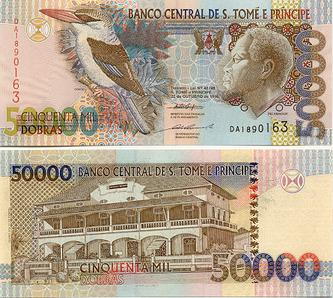
The dobra is the official currency of São Tomé and Príncipe, an island African nation close to the equator.
13. Egyptian Pound (EGP) – 1USD = EGP 30.90
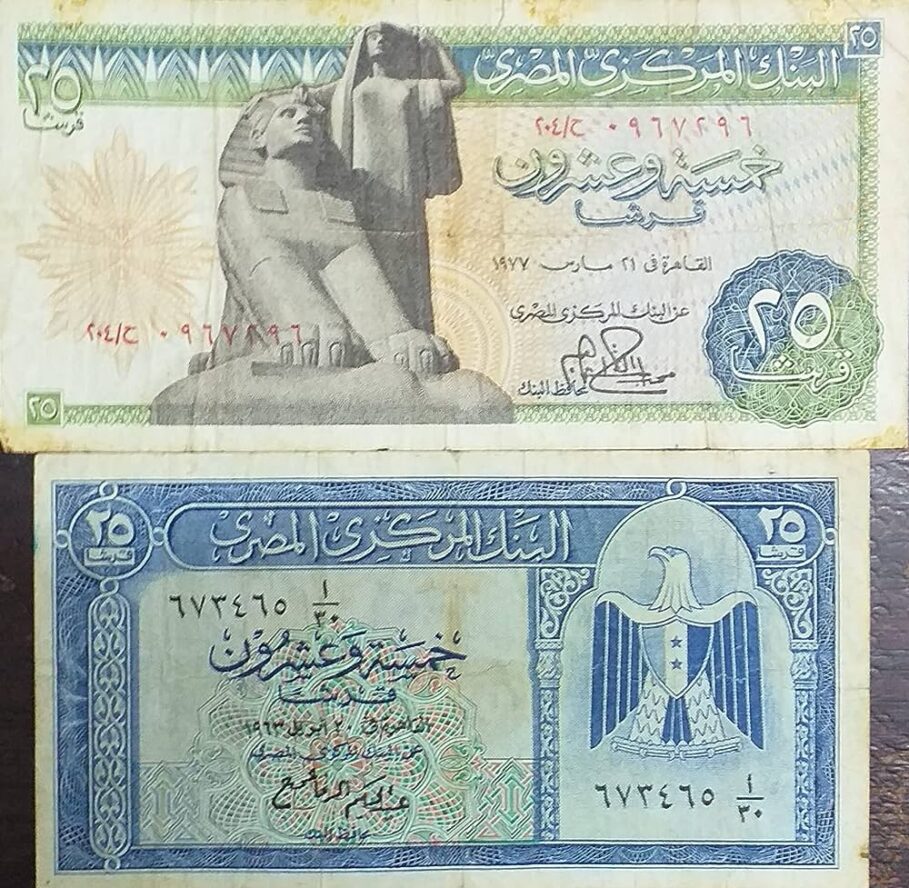
The Egyptian pound, denoted by the sign E£, is the 10th highest currency in Africa. The Central Bank of Egypt started a managed float in 2001 before switching to a float in 2016. Before the float, one dollar was equivalent to 8.8 Egyptian pounds but rose to about 15 Egyptian pounds per dollar after undocking. Today, it exchanges E£30.90 for 1$USD
14. Mauritanian Ouguiya (MRO) – 1USD = MRO37.63
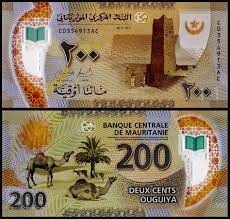
The Mauritanian Ouguiya (MRO) which ranks 14th in value in Africa, is the official currency of the North African nation. The economy of Mauritania is still largely based on agriculture (including livestock). It also has large deposits of solid minerals like iron ore which accounts for almost 50 per cent of total exports.
15. Mauritian Rupee (MUR) -1 USD = MUR 45.60
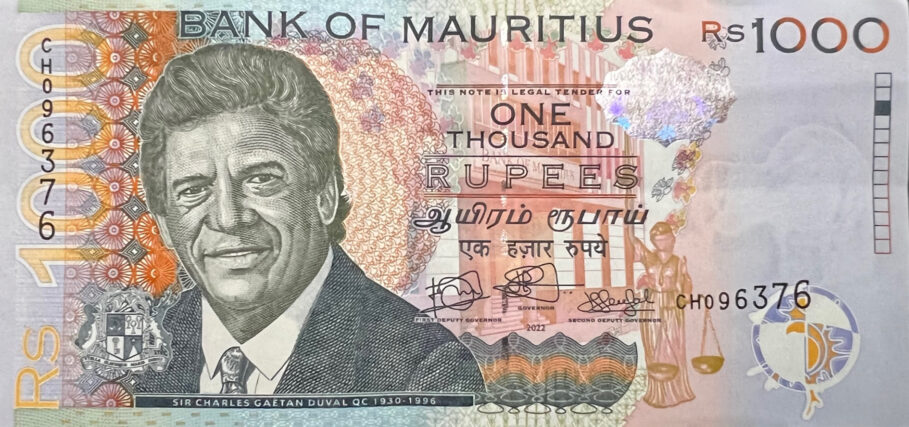
The Mauritian rupee (MUR) is the official currency of Mauritius, currently exchanging at MUR 45.50 for 1 USD.
Mauritius has a mixed developing economy based on agriculture, exports, financial services, and tourism.
Victor Ezeja is a passionate journalist with seven years of experience writing on economy, politics and energy. He holds a Master's degree in Mass Communication.

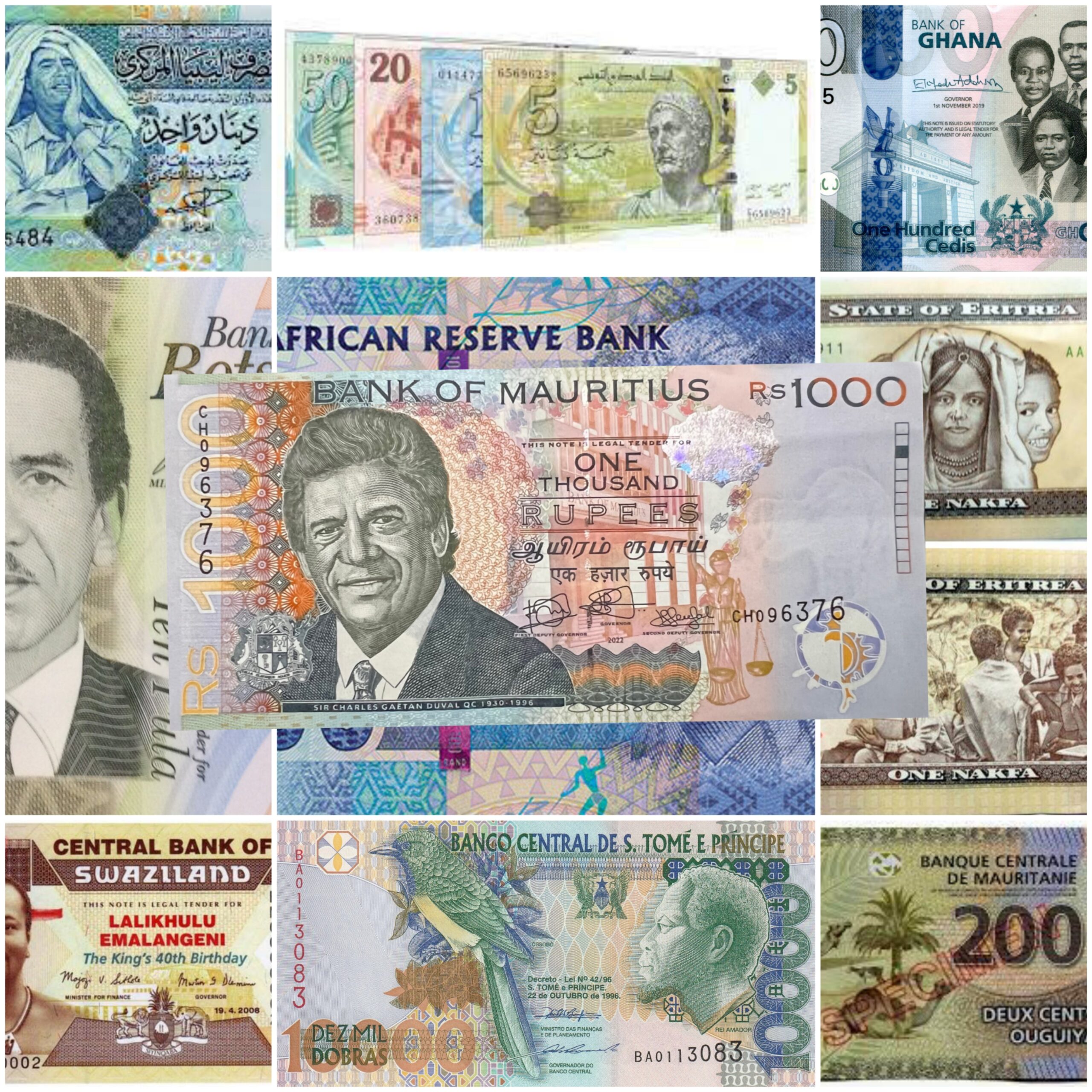




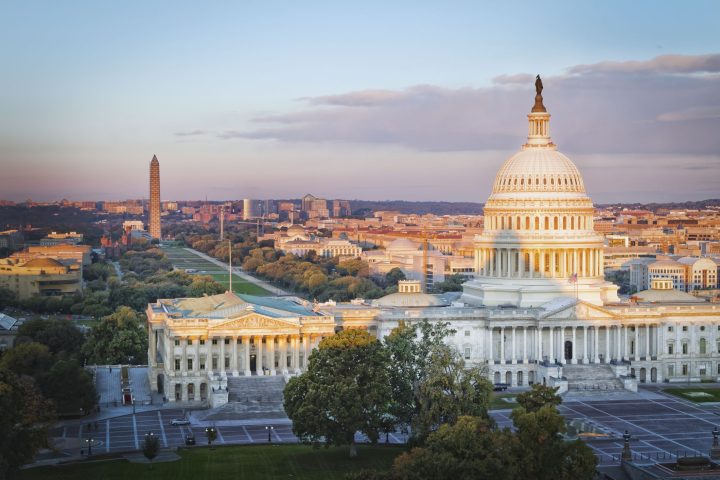
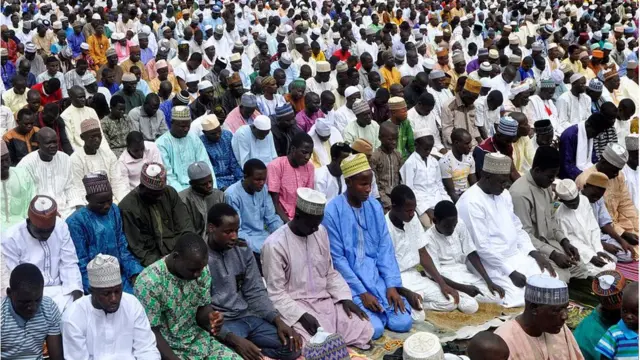
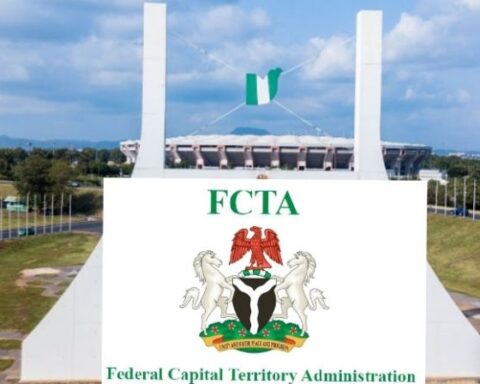
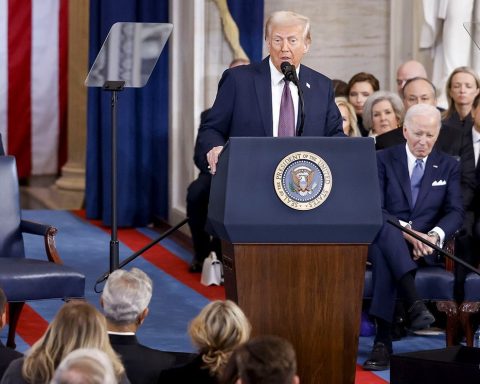
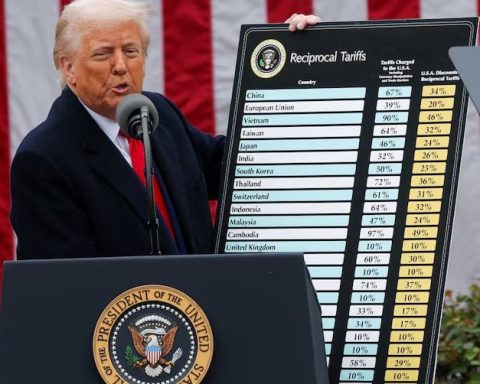



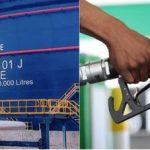

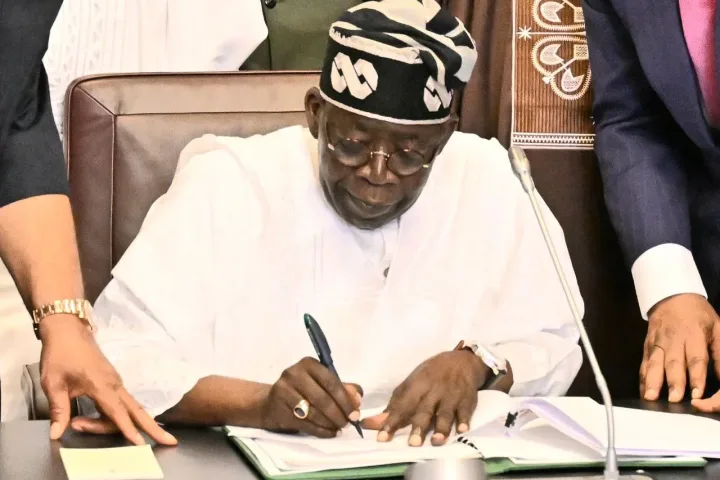

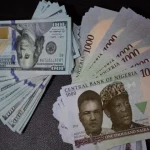
Follow Us